Does it make sense to win design awards?
Design prizes are like medals on the chest of designers and companies - but are they really worth it?
I’ve just returned from a long trip across Vietnam and China, visiting clients and prospects. Why those places? No big strategic plan - just a couple of invitations and the curiosity to see what’s going on.
The funny part? In more than one meeting, I was asked:
“What are your awarded projects?”
Awarded? Is that really the benchmark?
While I was there, a fellow designer based in China told me that awards are still considered proof of quality. They don’t just communicate aesthetic or innovation - they serve as validation.
So, is it actually relevant to win design prizes?
Let me spoiler the answer right away: it depends.
In theory, design awards are meant to certify quality. A jury - made of experienced professionals - selects what they consider to be the best work based on certain criteria they define in advance.
Just like an Oscar-winning movie gets more people into theaters because "the Academy" said it had the best actor or sound editing, a design award should help give exposure to meaningful work. But here’s the thing:
What’s the Oscars of design, really?
Because the truth is, the whole system is pretty crowded. Over the years, awards have multiplied like mushrooms. Why? Simple: someone saw a solid business opportunity.
That’s how we got to today - where a single award show has countless categories, “special mentions,” sub-awards, and spin-offs. The logic is clear:
The more people pay to participate, the more people win, the more money flows in.
This model allows award organizations to grow and do more PR - but it creates a strange dynamic where even average projects can win by showing up and paying (cruel sentence, but try to understand my meaning).
I’ve won some awards in my career - but always through companies I worked with. Only once did I apply by myself, with a concept. I won. One shot, one kill.
Was I happy? Sure. But also… not really.
Because when everyone wins, you’re not the Leonardo DiCaprio of design - you’re just one of the crowd.
So I stopped. Now I let companies handle that if they want to.
And many still do - because having an award still means “design credibility.” Especially for emerging brands, it signals that they’re investing in innovation. And for big names, it’s a way to keep reminding the world:
“Hey, we’re still ahead of the curve.”
From the company’s side, if a designer made them win awards before, it’s easier to commission that same designer again. It’s basic probability: once a winner, likely to win again.
It’s less about risk, more about stats.
And that’s the core of it: in many cases, design awards don’t reward the best ideas - they reward those who can play the game.
Sometimes, more than design awards, they feel like design receipts.
Anyway, that’s just my take.
Now I’d love to hear yours. If this resonated with you, leave a heart at the end of this article and drop a comment - I want to know what you think.
Feel free to DM me on Instagram or LinkedIn, use Substack chat, or shoot me an email if you prefer to keep it private.
We have also reached a new badge (+500 subs), so I think it’s time to give something back to you.
Studio life
The chair prototype was on hold due to the Asia trip, but I’ve just bought fresh cardboard to build the 1:1 volume prototype - expect photos in the next issue.
Meanwhile, I’m dealing with one of the downsides of working from “nowhere.” I urgently needed a touch sensor for a lamp prototype (not spoiling it yet!), but couldn’t find one locally.
Ordered on AliExpress - 3 weeks delivery. So I panic-bought one on Amazon for 10x the price.
It arrived today.
By the time you’re reading this, I’m probably on my way to Milan Design Week. If you’re around, hit me up for a coffee (or a spritz).
Things to read
Two new articles for Design Wanted are in the works, but not ready yet. So let me suggest a book instead - controversial but super stimulating:
Aesthetic Sustainability: Product Design and Sustainable Usage, by Kristine H. Harper
We often talk about product sustainability, but rarely about shape sustainability. This book opened a new perspective for me. It kind of loses focus in the final chapters, but it gave me fresh thoughts about how I design and why.
A design I like
You probably know it already - it’s from Flos - but I really admire how this piece came to life.
Guglielmo Poletti’s To-Tie is a table lamp born from tension/suspension research he started in his “Equilibrium” collection for Rossana Orlandi. I love seeing how personal explorations evolve into commercial products across different companies.
And no - it’s not a crime to iterate a concept across brands. Research should always come first.
📣 Please join me in spreading the word—not only to share these insights, but also to inspire others to do the same.
The more of us there are, the better it is!
Cheers!
Mario
In case someone has forwarded this email to you, subscribe and join the community of Designer From Nowhere.



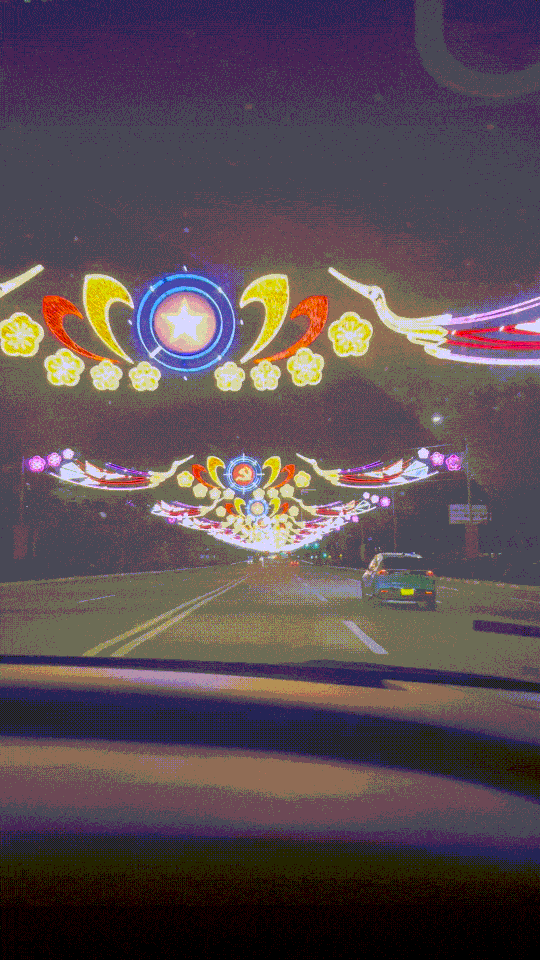
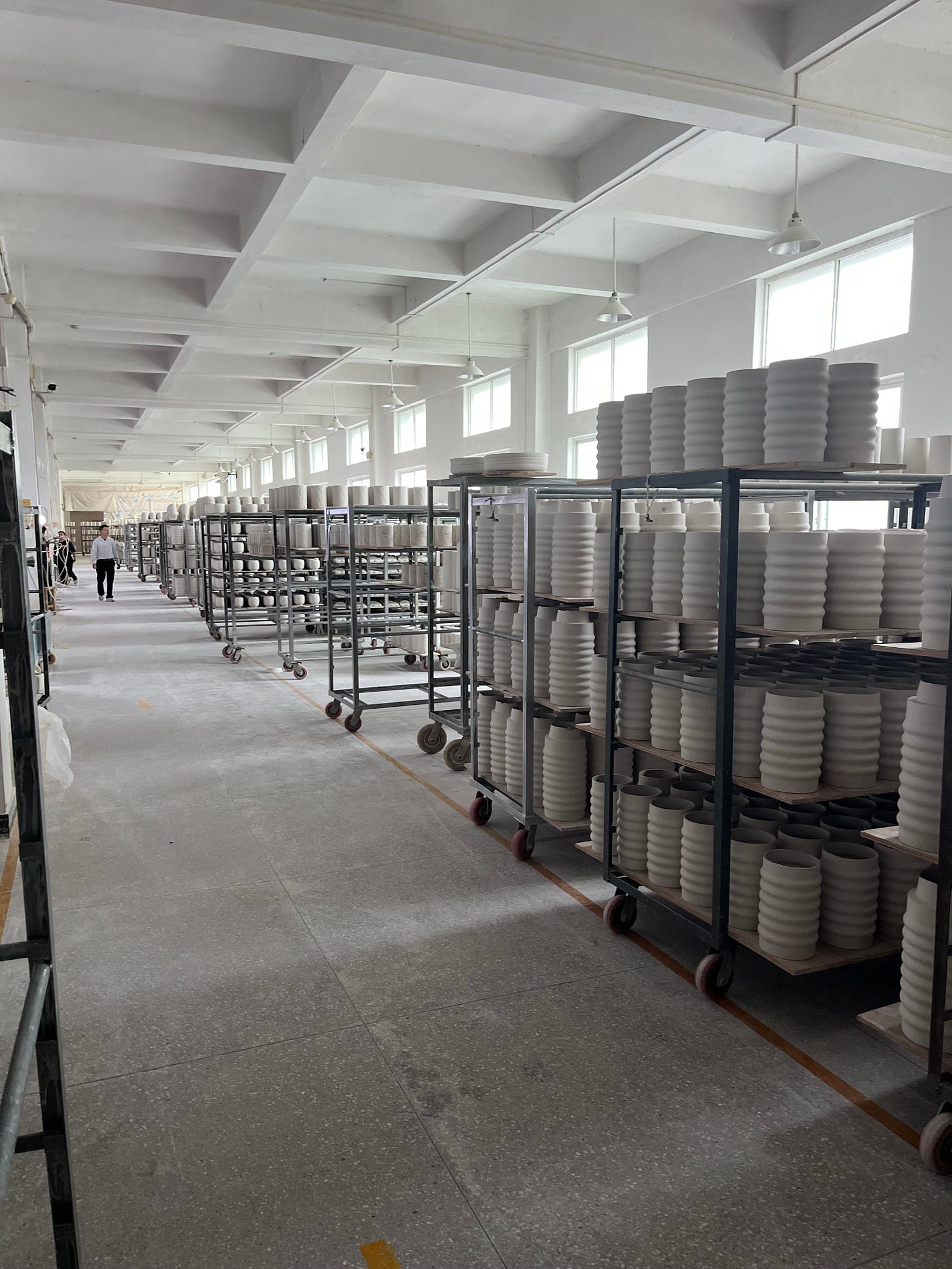
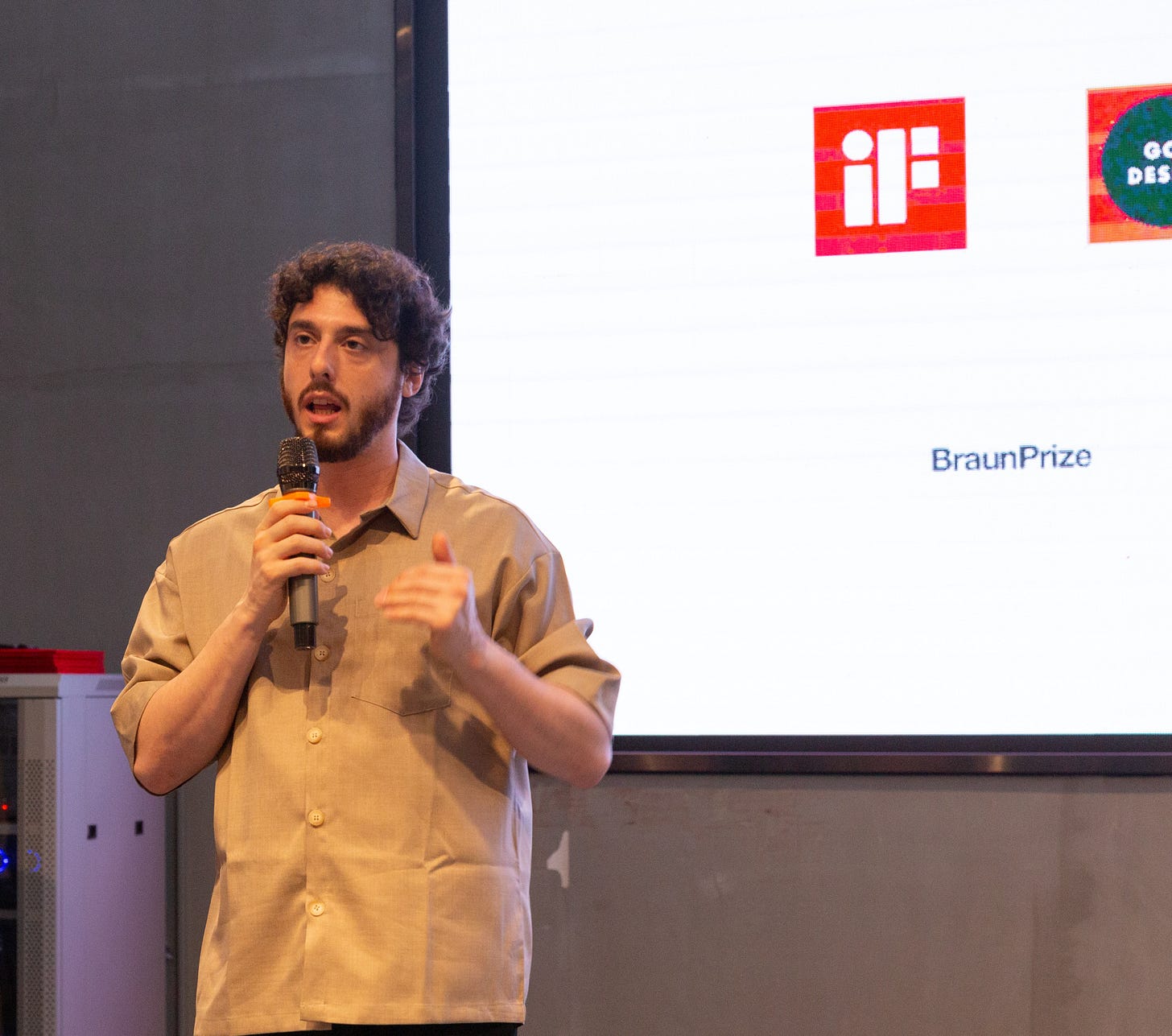
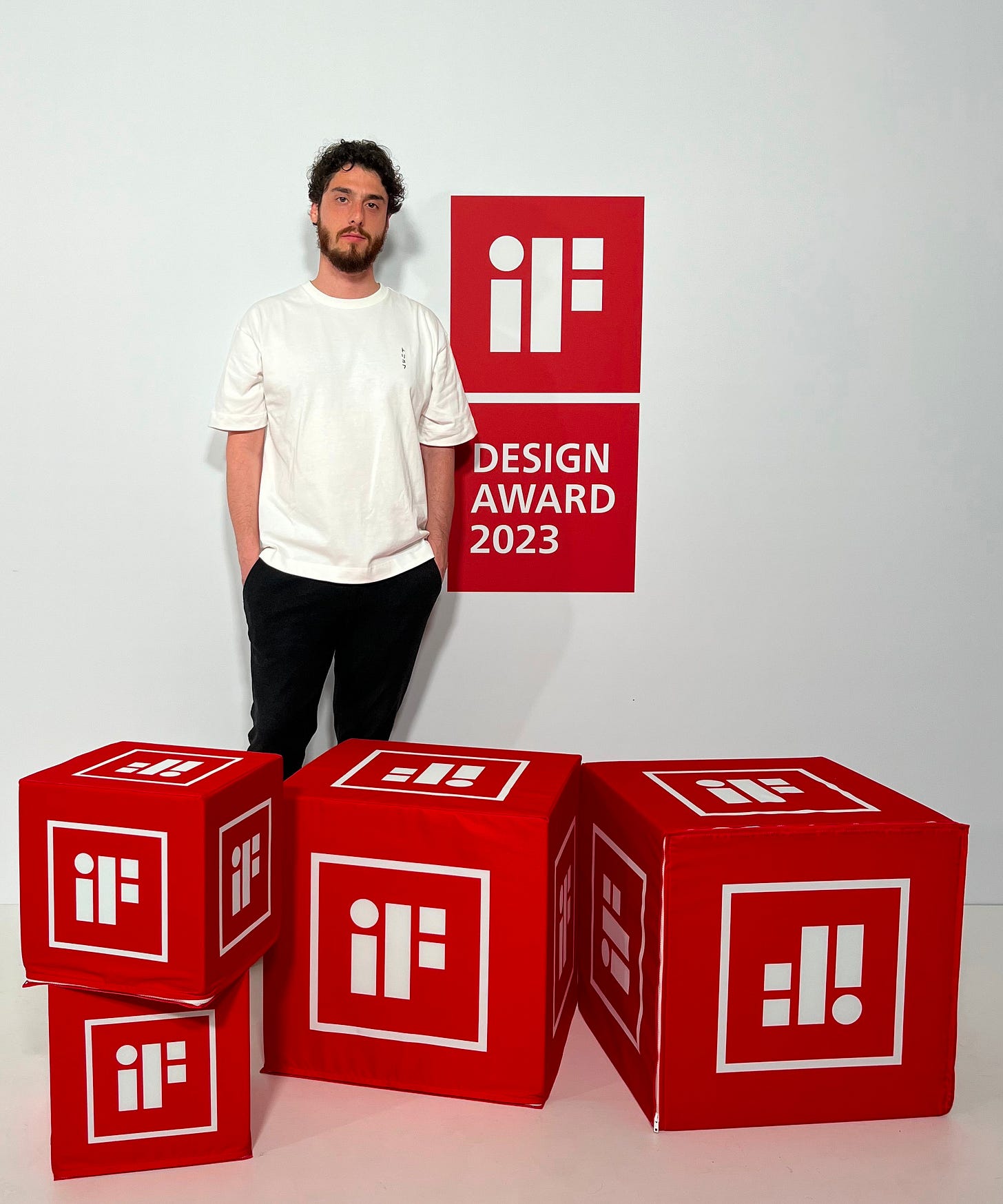
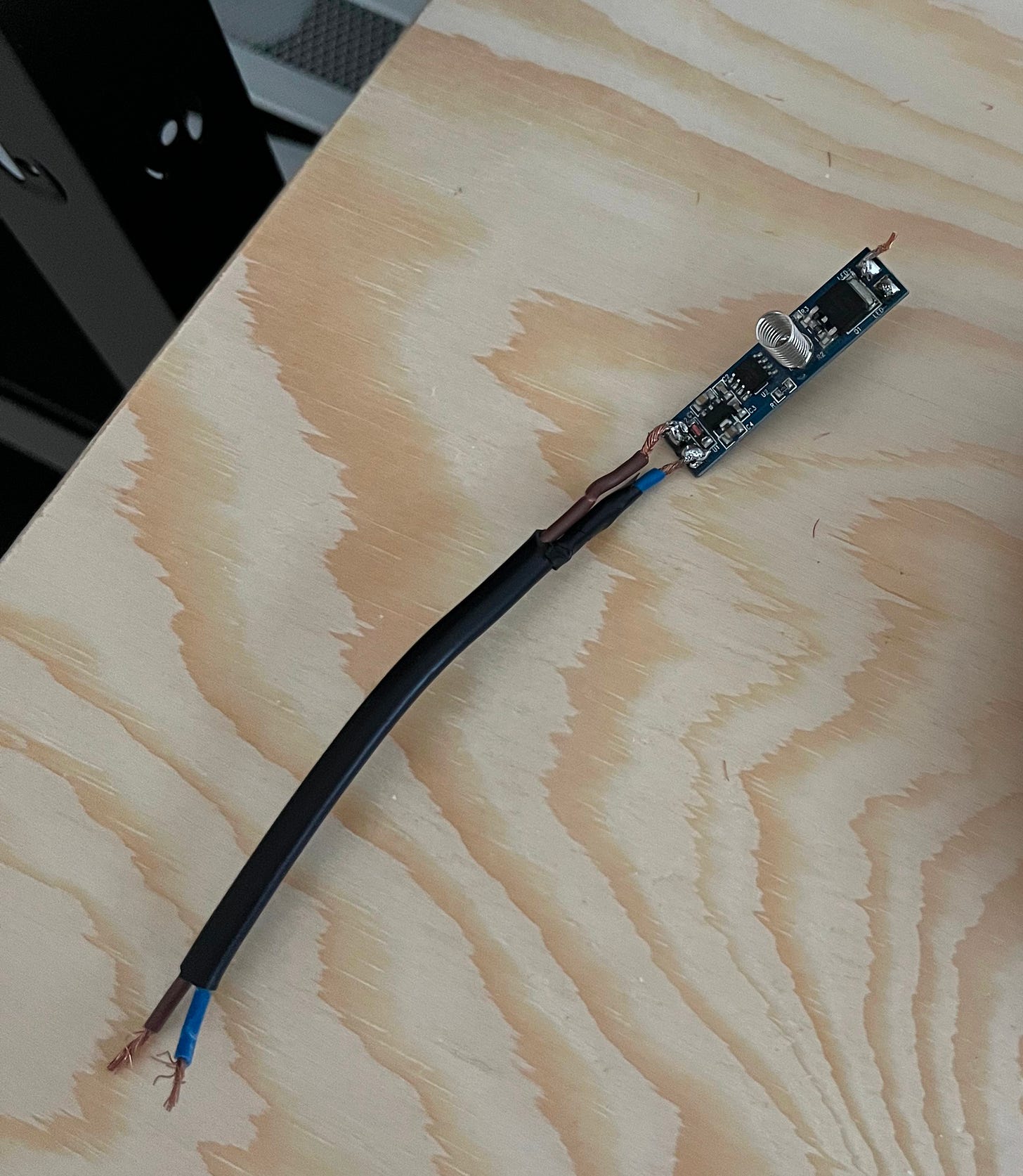
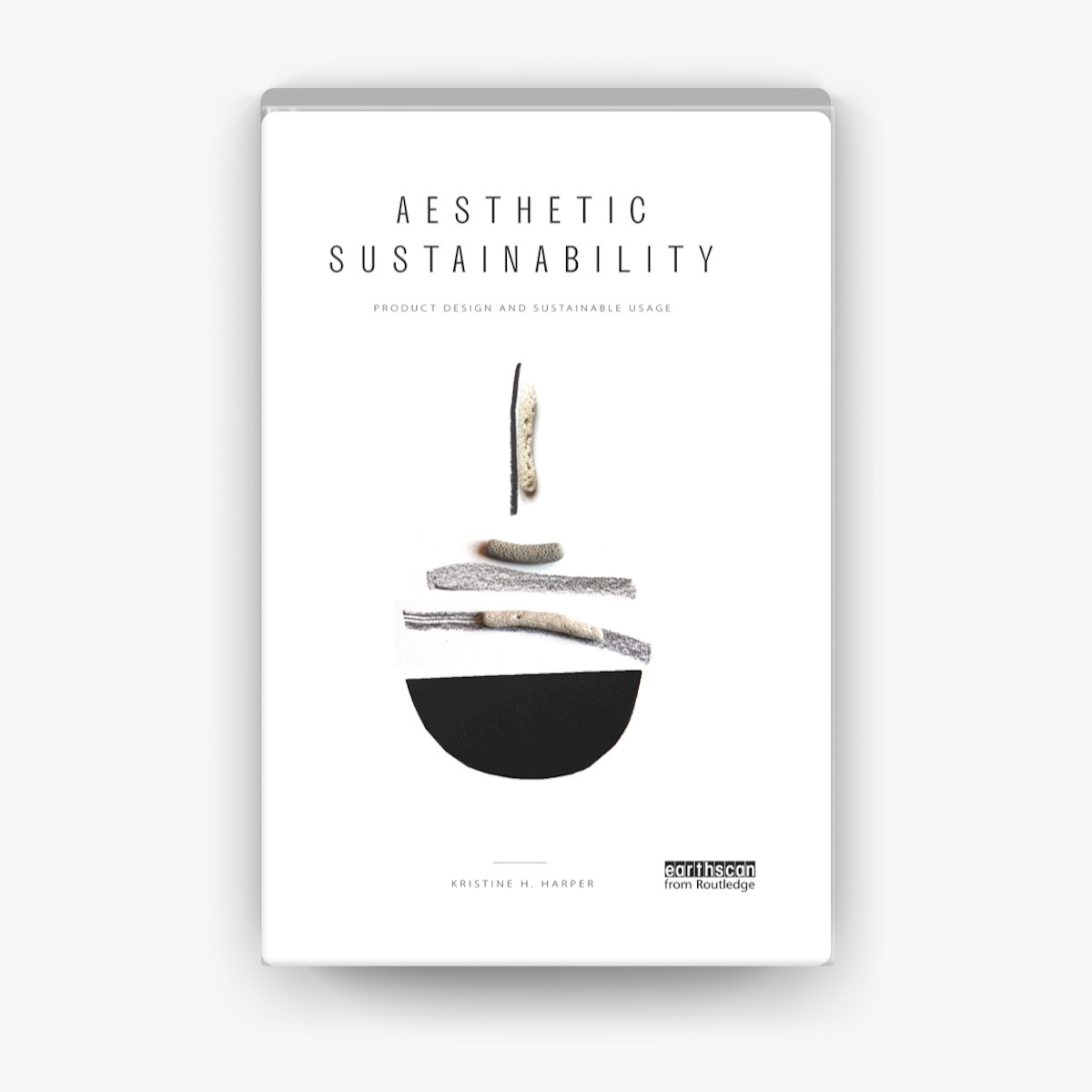
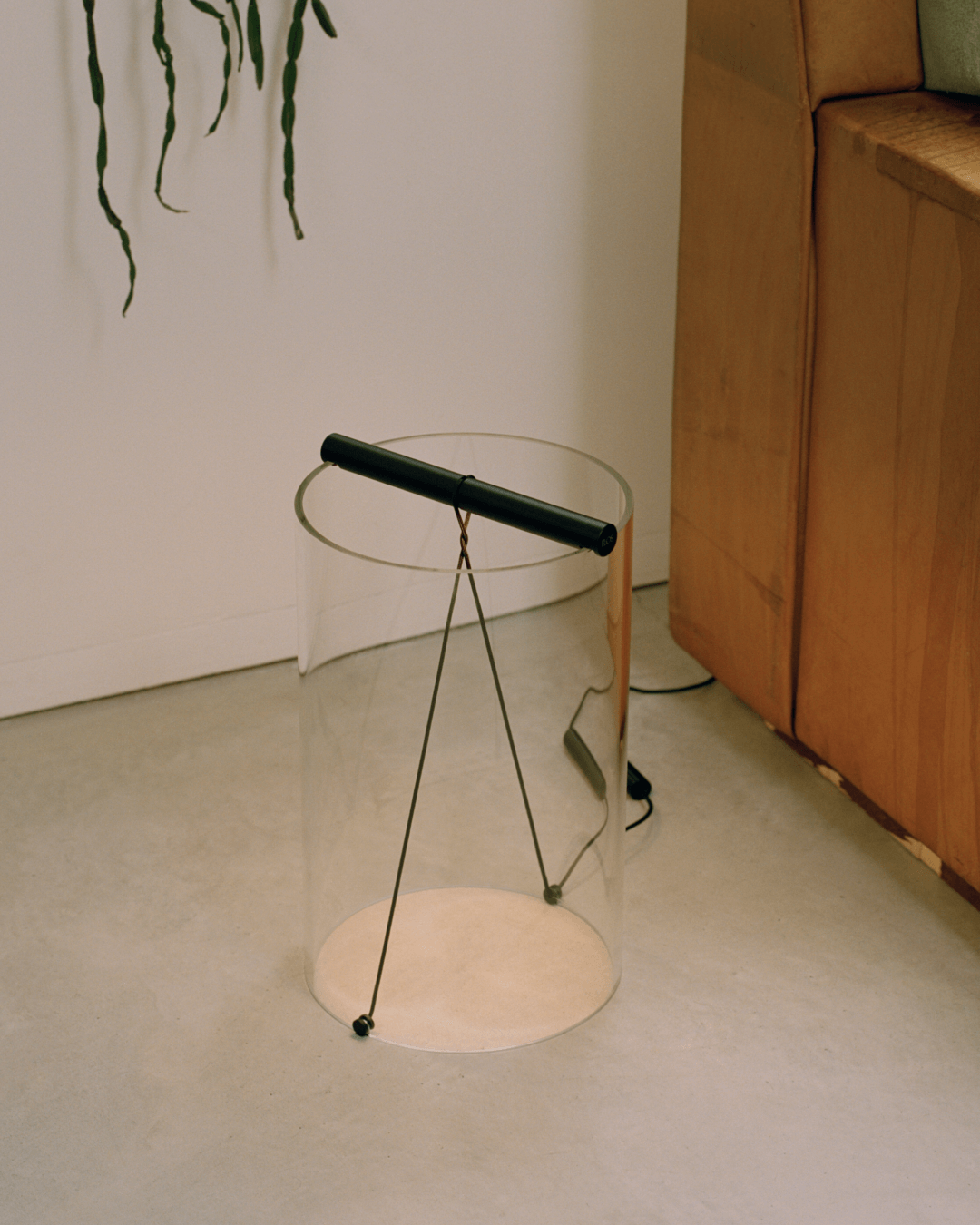
I'm from Vietnam. Personally I think Design in Vietnam has always been considered a addition to major fields like Arts or Science. So if you won more awards, they will see you as more trustable. But also if you have a chance, check out HanoiFDC, its a new design festival to introduce us to a new perspective of design !
Great topic! It has always felt as though the only real winners when it comes to awards is the awarding body.